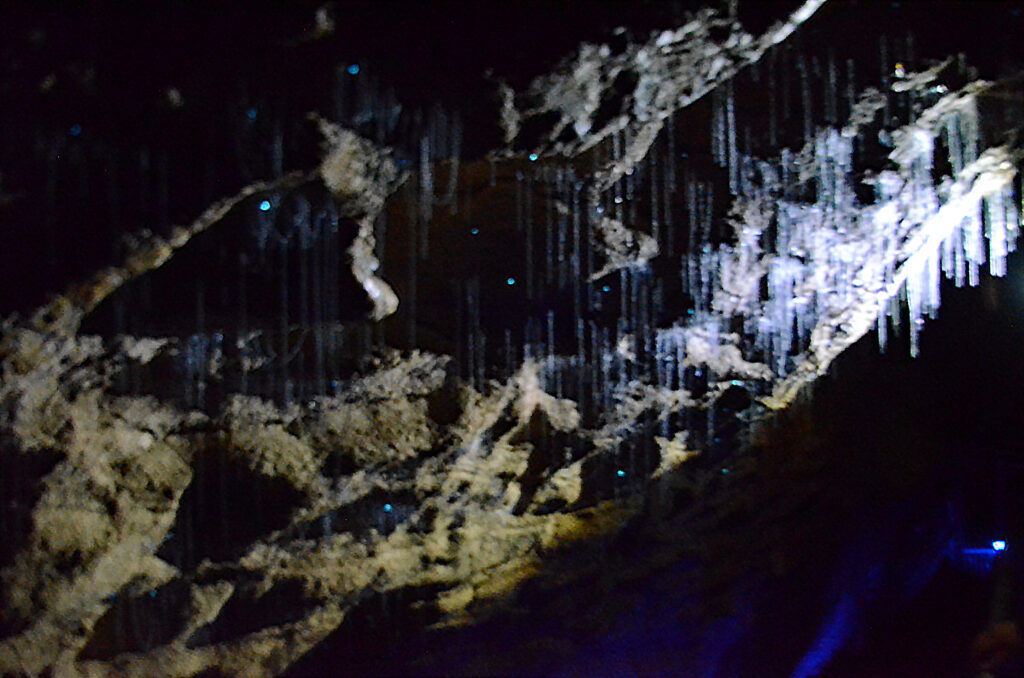Few places on Earth can rival the haunting beauty and enigmatic power of Australia’s ancient cave art. Imagine standing in the cool, shadowy silence of a sandstone overhang, your flashlight catching glimpses of ochre and charcoal shapes that have outlasted empires and continents. These masterpieces are more than mere decoration—they are echoes from the world’s oldest surviving culture, offering a thrilling glimpse into the dreams, fears, and daily lives of people who walked this land over 40,000 years ago. But just when you think you understand them, the art throws a curveball: mysterious UFO-like shapes, swirling finger mazes, and, almost comically, an endless parade of kangaroos. What are these images trying to tell us? And why do they still spark so much awe—and debate—today?
The Astonishing Age of Australia’s Rock Art
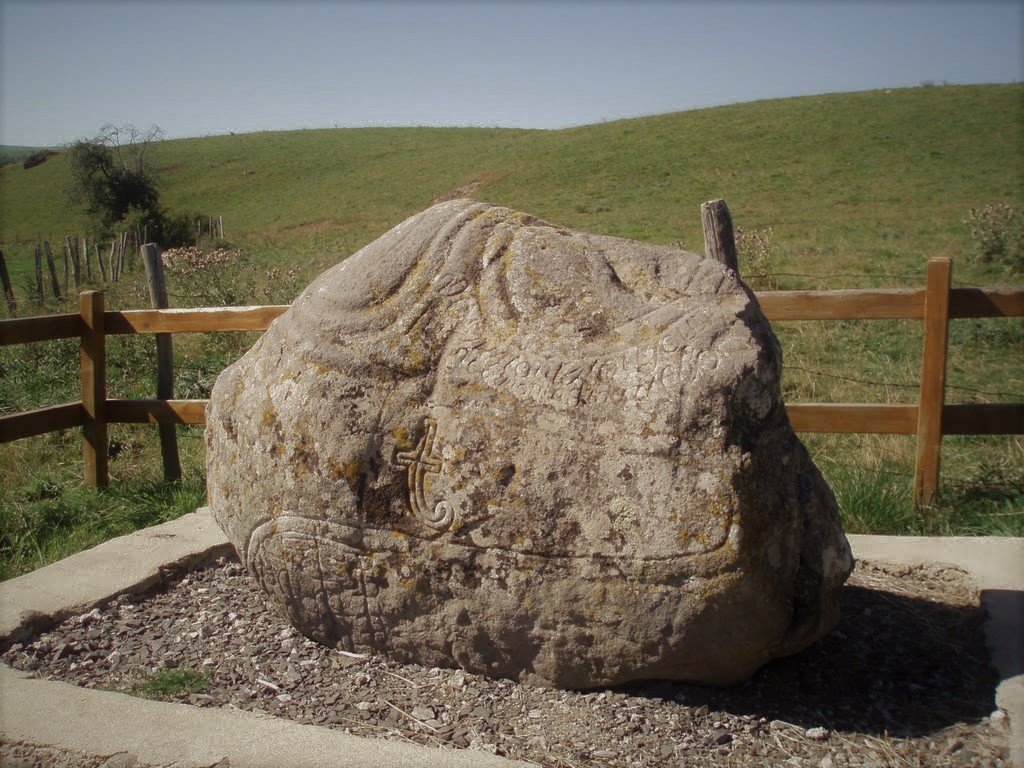
Australia’s cave art is among the oldest on the planet, with some sites dating back at least 40,000 years. In the rugged wilderness of Arnhem Land and the Kimberley, researchers have uncovered paintings that outdate the Egyptian pyramids by tens of thousands of years. This staggering timeline changes our understanding of human creativity and spiritual expression. The fact that these artworks have survived such immense stretches of time is a testament to both the durability of their makers’ techniques and the significance of the stories they wanted to preserve. Archaeologists often describe these ancient artists as “the world’s first storytellers,” painting vibrant scenes long before written language existed. Their creative legacy is a living bridge between the distant past and the present, drawing us into a timeless conversation.
Decoding the Bizarre UFO Shapes

Perhaps the most surprising discovery in Australia’s rock art is the presence of shapes that eerily resemble flying saucers and other so-called “UFO” forms. These motifs, sometimes called “Wandjina” in Aboriginal lore, often feature round heads, large eyes, and radiating lines. Some look almost like beings in spacesuits, which has fueled endless speculation from both scientists and UFO enthusiasts. While it’s tempting to leap to alien explanations, most experts believe these images represent ancestral spirits or sky beings, crucial figures in Aboriginal Dreamtime stories. Still, the resemblance is uncanny, and it’s easy to see why these mysterious shapes ignite the imagination. They remind us that ancient people, just like us, gazed at the sky and wondered what might be out there.
The Mystery of Finger Mazes

Hidden in dark recesses and on high cliff walls are intricate patterns made by dragging fingers through wet clay or soft rock. These finger mazes, or “meanders,” twist and turn in mesmerizing paths. Some are thought to be maps of the landscape or spiritual journeys, while others seem abstract, almost hypnotic in their repetition. Anthropologists have speculated that they might have served as meditative tools, teaching aids, or even coded messages for those who could read them. The act of making these mazes—feeling the earth with one’s own hands—suggests a direct, tactile connection to the land. Their purpose remains tantalizingly uncertain, but their beauty and complexity reveal a sophisticated understanding of both art and meaning.
The Unstoppable Kangaroo Parade

If there’s one theme that repeats endlessly in Australian cave art, it’s kangaroos. Bounding, standing, fighting, or simply grazing, these animals appear in dizzying numbers across thousands of sites. Why so many kangaroos? For the ancient artists, kangaroos weren’t just food—they were powerful symbols in Dreamtime stories, representing strength, survival, and the rhythms of nature. Some researchers believe that painting kangaroos was a way to honor the animal’s spirit or ensure successful hunts. Others suggest that their abundance in the artwork mirrors the animal’s central role in daily life. Whatever the reason, the sheer volume of kangaroo images is both amusing and awe-inspiring—a testament to the animal’s deep cultural significance.
The Palette of the Ancients
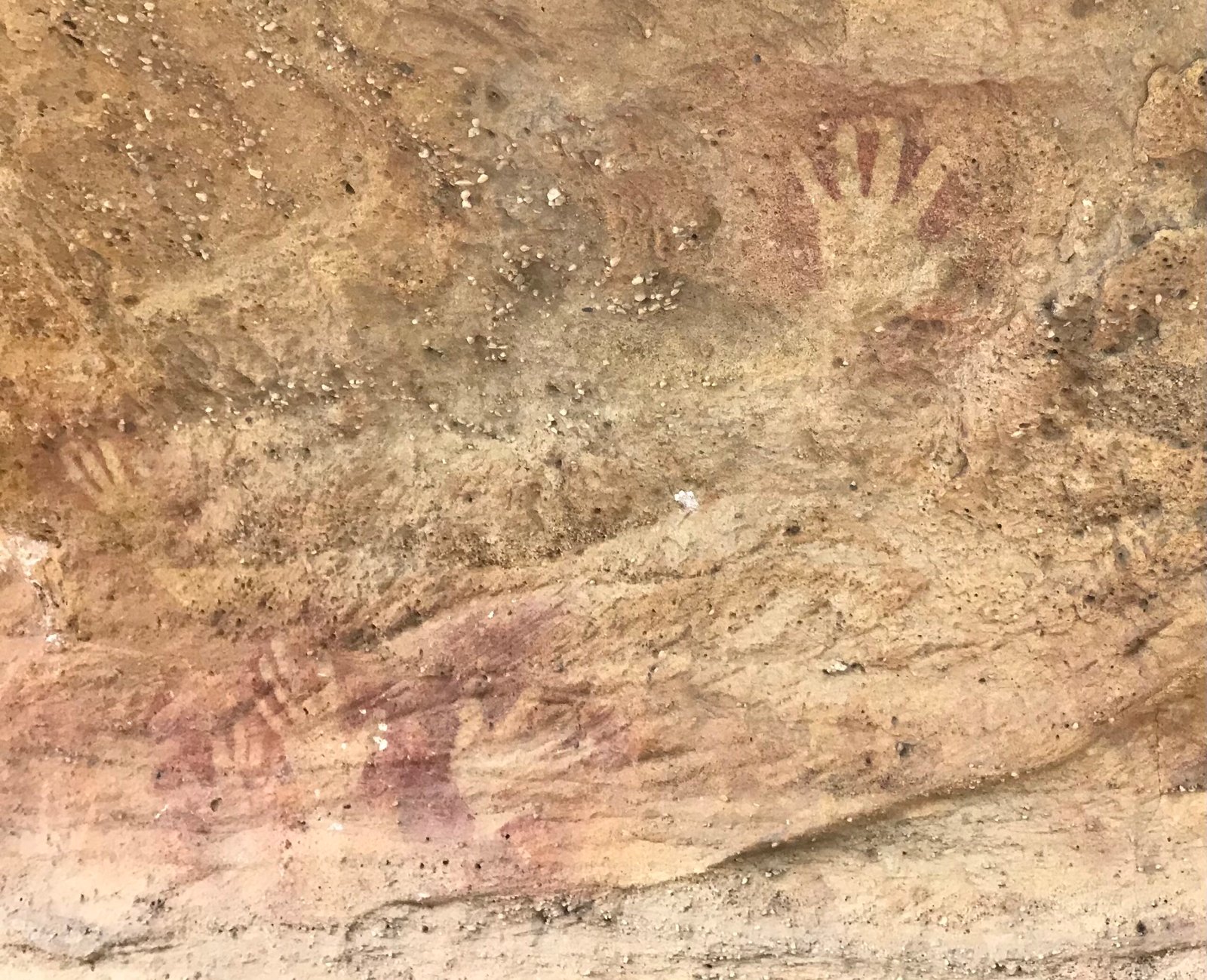
Australia’s first artists had a remarkable eye for color and resourcefulness. Using natural pigments—like red ochre, yellow clay, white chalk, and black charcoal—they created vibrant, lasting hues that still dazzle today. These colors weren’t chosen at random; each had symbolic meaning. Red ochre, for instance, was often linked to blood, life, and the earth itself. The process of grinding, mixing, and applying these pigments was almost ritualistic, connecting the painter to the land in a profound way. Even today, Aboriginal artists continue some of these traditions, keeping the ancient palette alive.
Dreamtime Stories Encoded in Stone

At the heart of much of Australia’s cave art are the Dreamtime stories—the foundational myths and spiritual beliefs of Aboriginal cultures. These tales explain the creation of the world, the origins of animals, and the rules for living in harmony with nature. Many artworks are not simple illustrations but are layered with meaning, acting as visual memory aids for stories passed down through generations. Some figures represent ancestral beings whose actions shaped the landscape, while others mark sacred sites or record epic journeys. To truly “read” this art, you need to understand the spiritual context—a reminder that every line and shape is part of a much bigger story.
Human Figures: More Than Meets the Eye
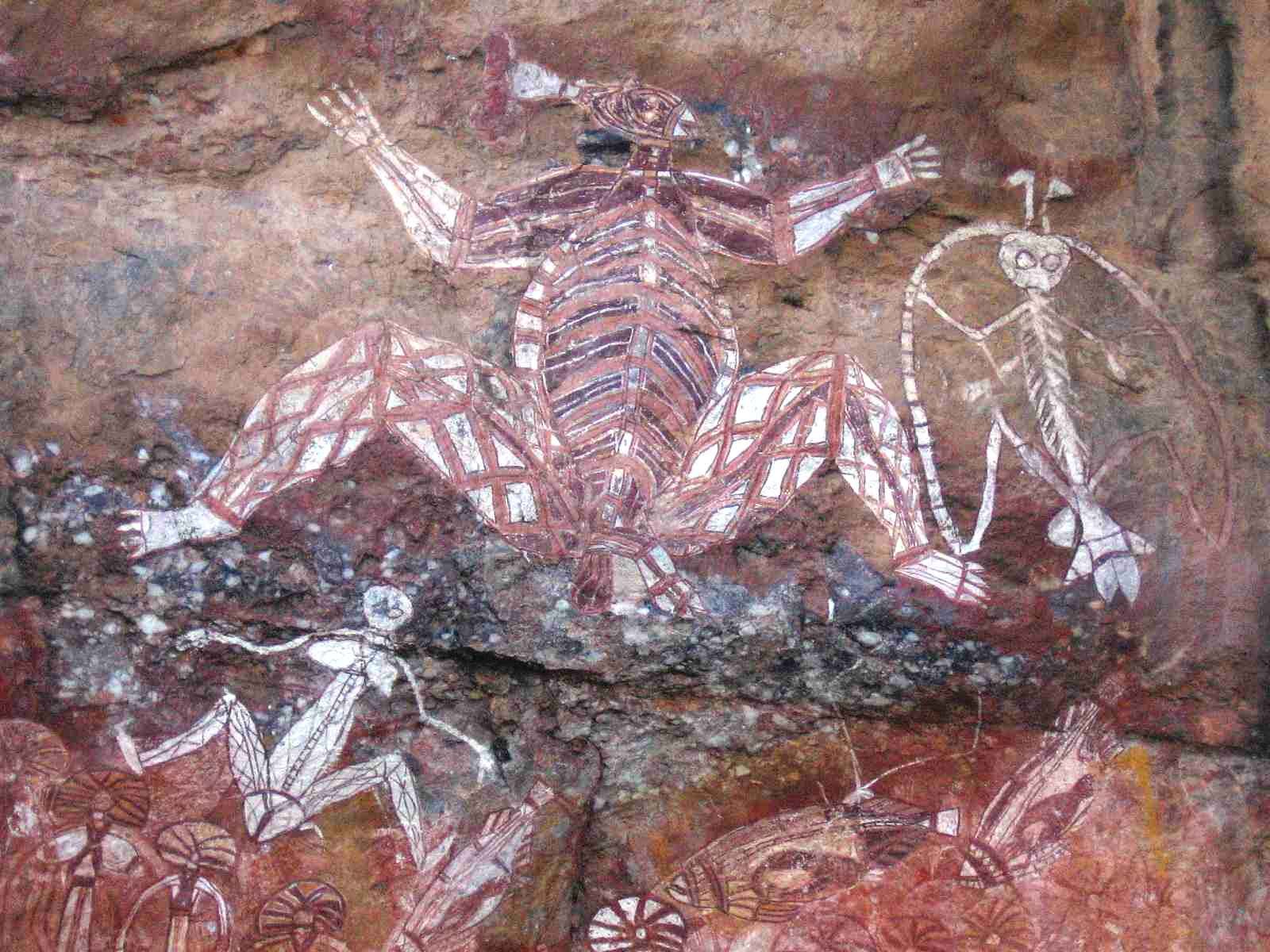
While animals take center stage, human figures are also a fascinating part of Australian cave art. Some are stick-like and simple, but others are incredibly detailed, showing elaborate headdresses, body paint, and ceremonial poses. These images often depict dances, hunts, or rituals, offering a rare window into social life thousands of years ago. Many figures are believed to be shamans or elders, bridging the world of humans and spirits. Their presence underscores the importance of community, leadership, and spiritual connection in ancient Aboriginal societies. Each figure tells a story—sometimes joyful, sometimes tragic, but always deeply human.
Ancient Techniques and Modern Discoveries
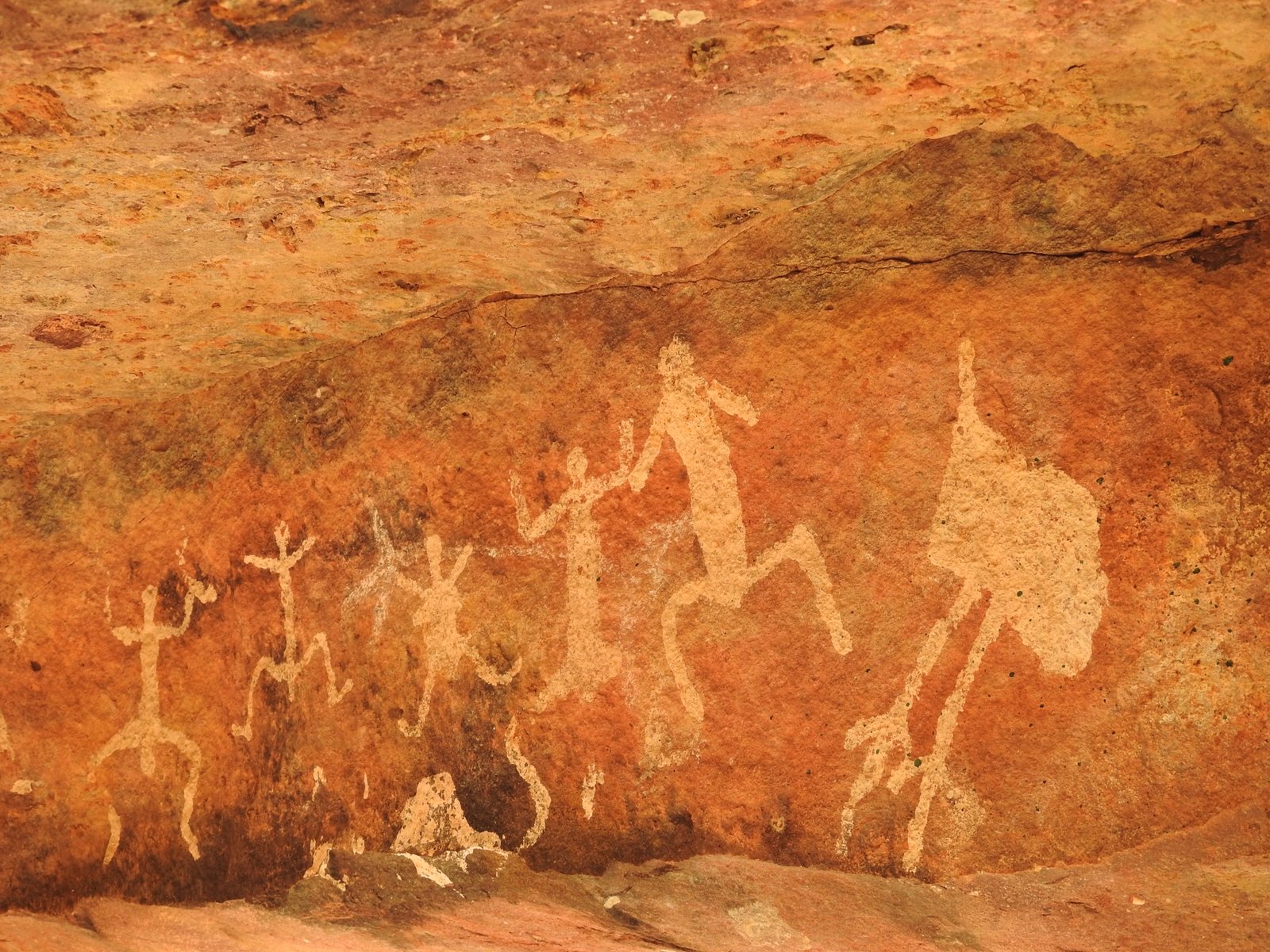
The techniques used by Australia’s early artists were both ingenious and effective. Some images were painted, while others were engraved, carved, or even “pecked” into the rock surface. Brushes made from twigs, reeds, or even human hair allowed for fine detail. In some cases, artists used stencils—blowing pigment around their own hands to create haunting silhouettes. Recent advances in dating technology have helped scientists pinpoint the age of these works with greater accuracy, revealing that artistic traditions evolved over thousands of years. Each new discovery adds another piece to the puzzle of Australia’s ancient past.
Sites of Power and Mystery
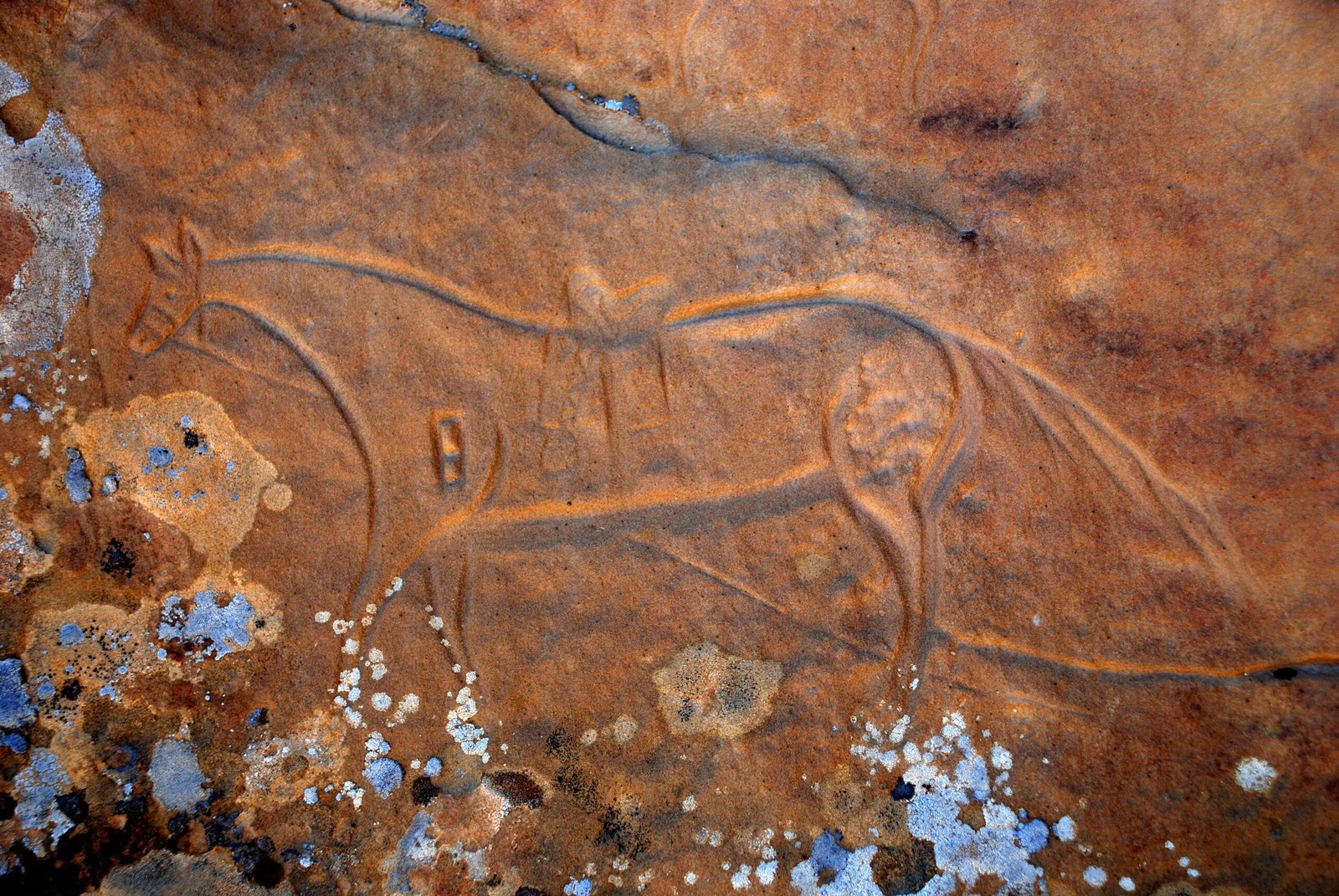
Australia’s cave art sites are not just random galleries; they are sacred places, chosen for their spiritual significance and natural beauty. Many are hidden in remote, hard-to-reach locations, protected by cliffs, rivers, or dense bushland. Visiting these sites is often described as a transformative experience—one that connects you to both the land and the people who came before. Some locations, like Kakadu and the Kimberley, are UNESCO World Heritage Areas, drawing visitors from around the world. Yet many sites remain closely guarded secrets, known only to local Aboriginal communities who act as their protectors and storytellers.
The Ongoing Role of Aboriginal Artists
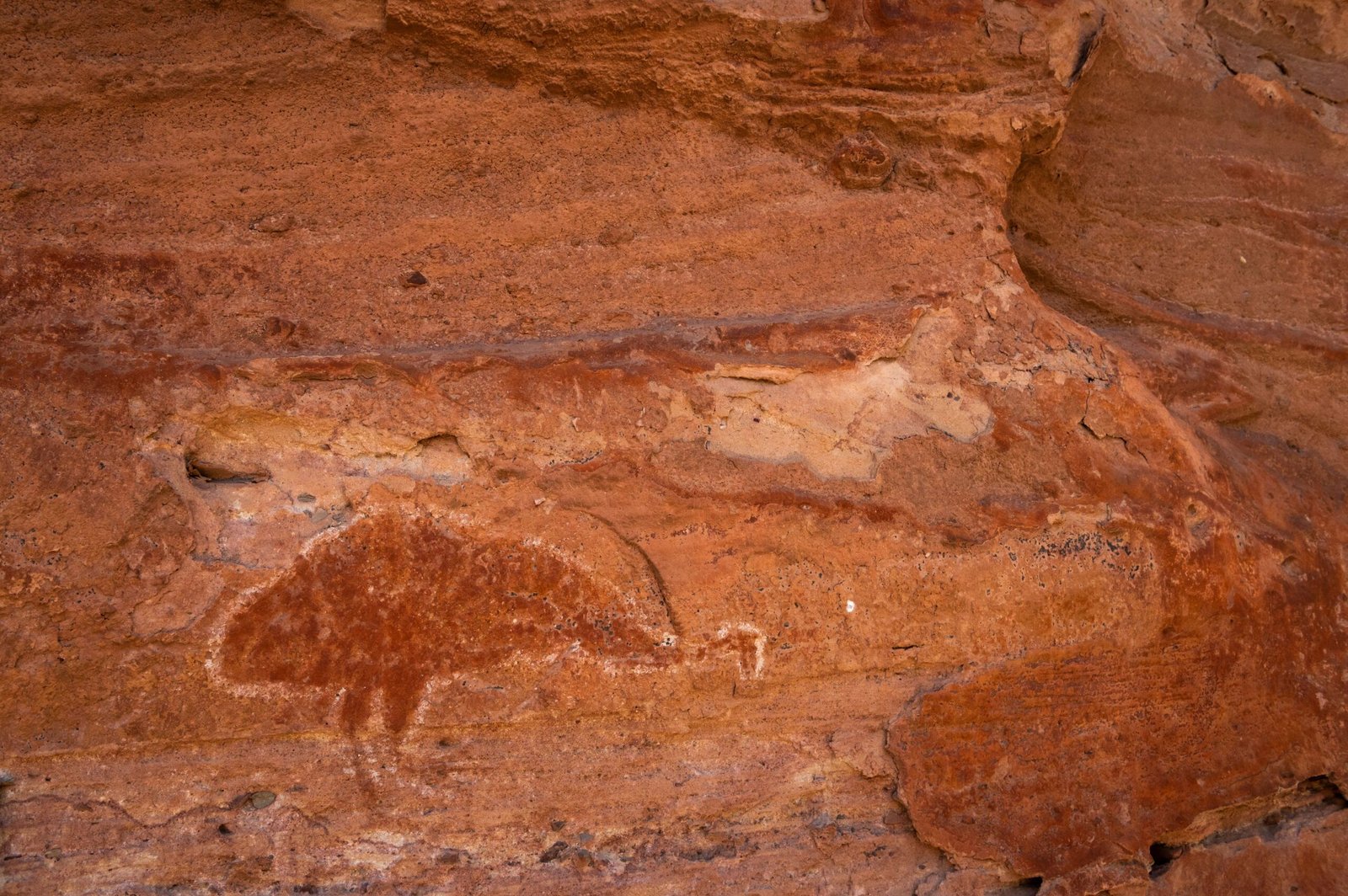
Far from being relics, the traditions of Australia’s ancient artists are alive and evolving. Contemporary Aboriginal artists draw inspiration from cave art, using traditional symbols and stories in modern media like canvas, sculpture, and even digital art. This continuity is a powerful reminder that Aboriginal culture is not frozen in the past but is dynamic and thriving. By sharing their stories with the world, today’s artists help keep ancient wisdom alive while forging new paths for creative expression. Their work is a bridge—spanning generations and reminding us of the enduring power of art.
Preserving a Fragile Legacy
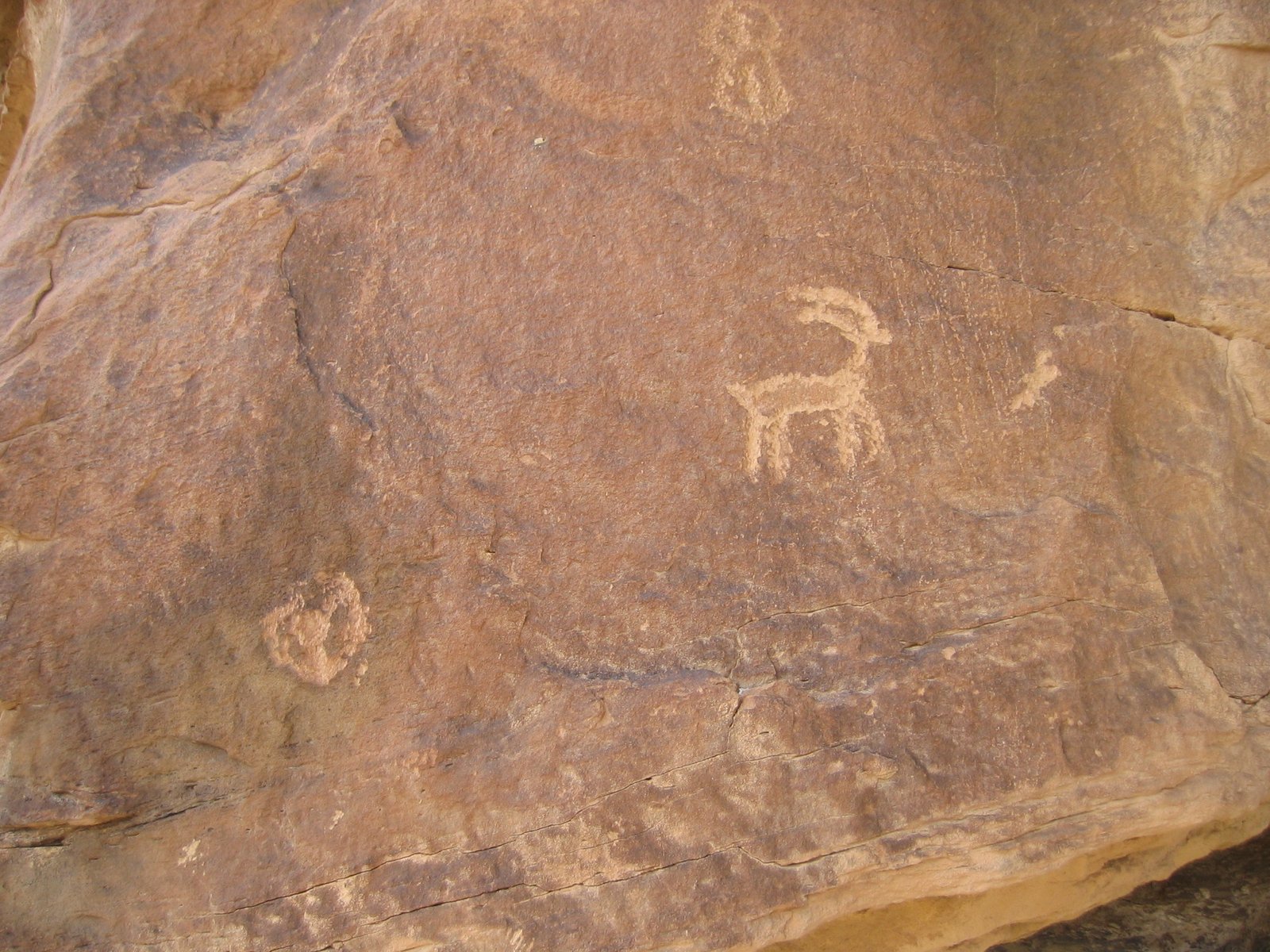
Australia’s cave art faces threats from erosion, vandalism, and climate change. Many sites are incredibly fragile; a single careless touch can erase centuries of history. Aboriginal communities, scientists, and conservationists are working together to protect these treasures, using everything from digital mapping to traditional knowledge. Preserving this legacy isn’t just about saving beautiful pictures—it’s about honoring the world’s oldest continuous culture and ensuring future generations can learn from its wisdom. The urgency is real, and the stakes couldn’t be higher.
Australia’s ancient cave art is a breathtaking testament to human creativity, mystery, and resilience. From UFO shapes and finger mazes to an endless parade of kangaroos, these images invite us to look deeper and ask bigger questions about our shared past. What secrets still lie hidden in the rocks, waiting to be discovered?


